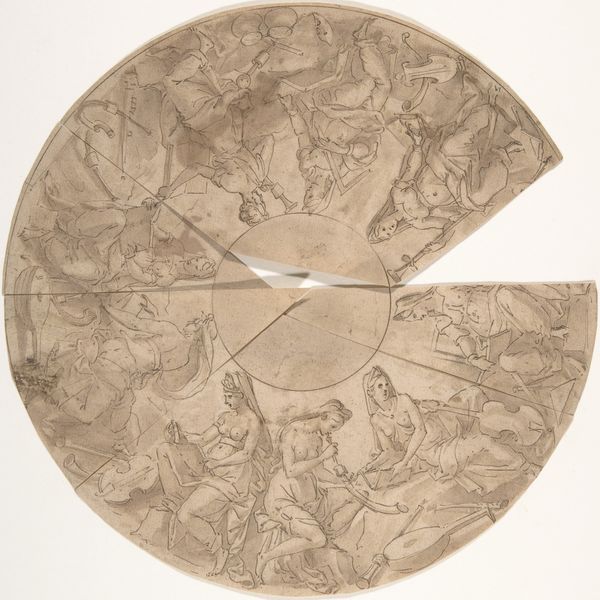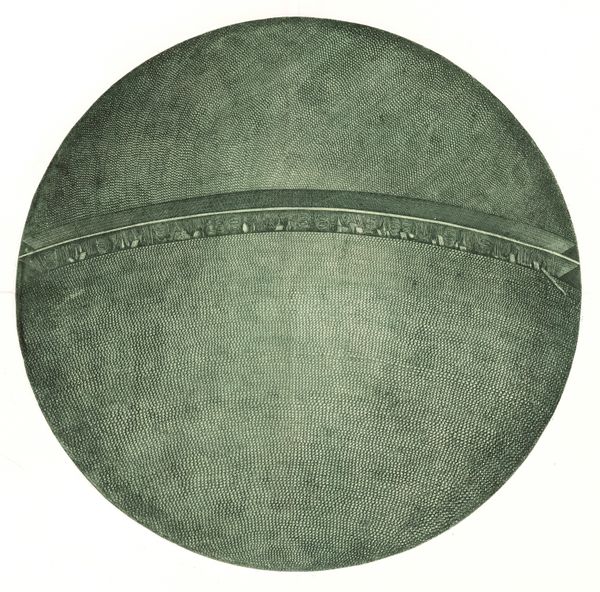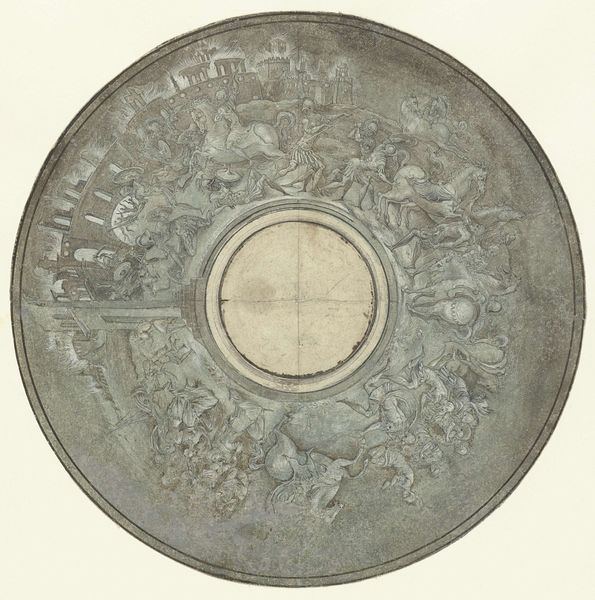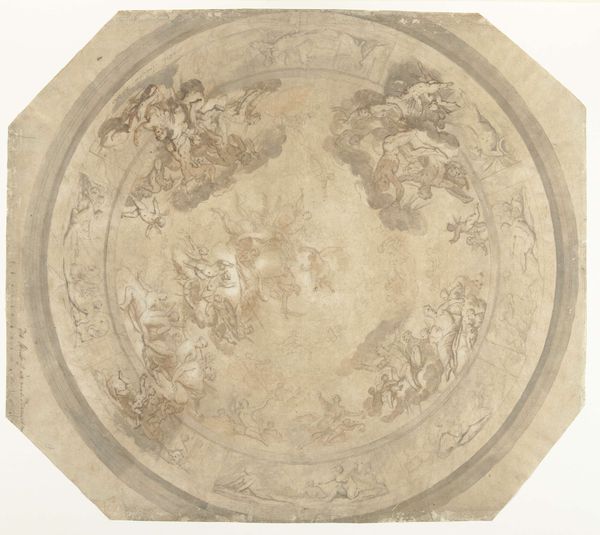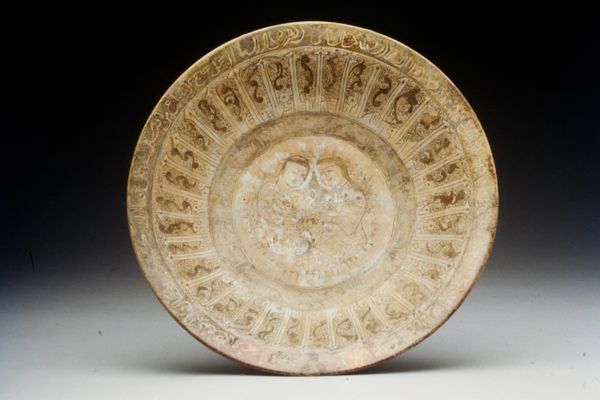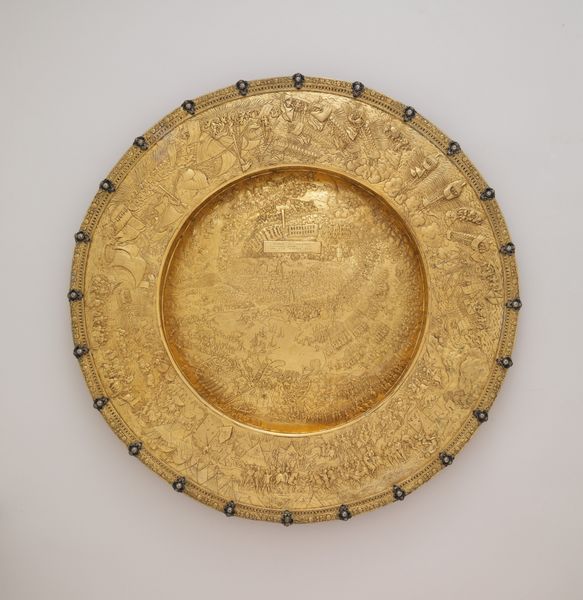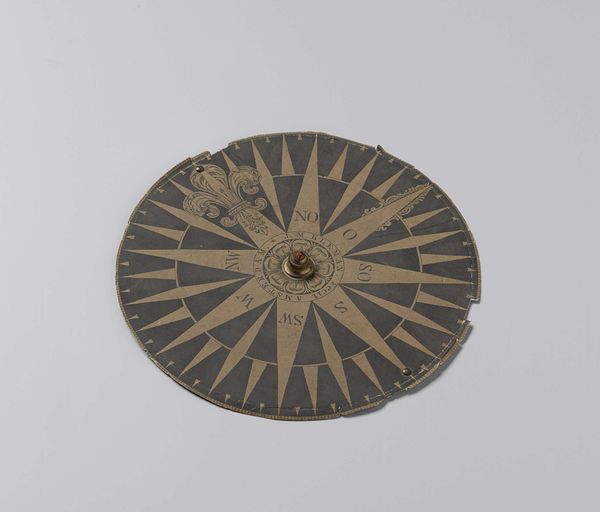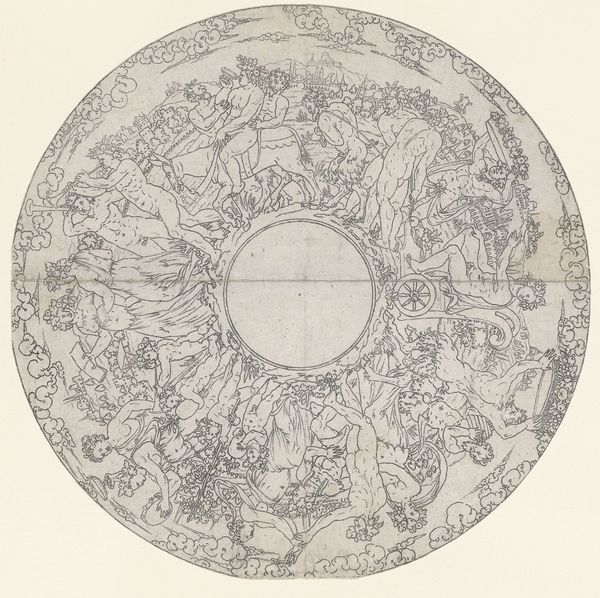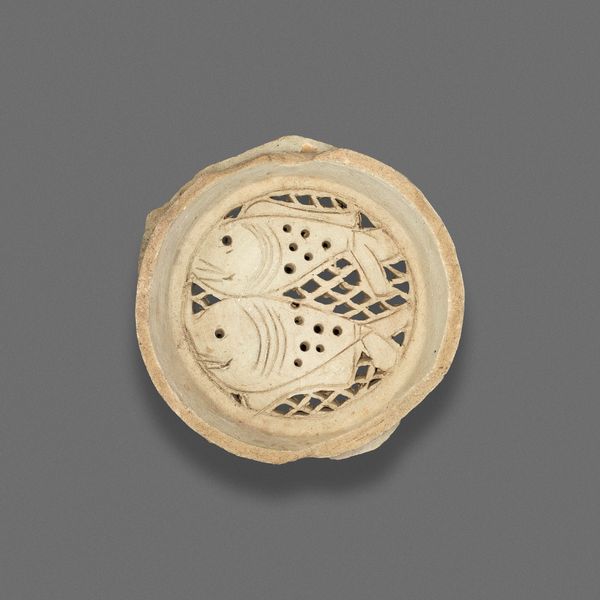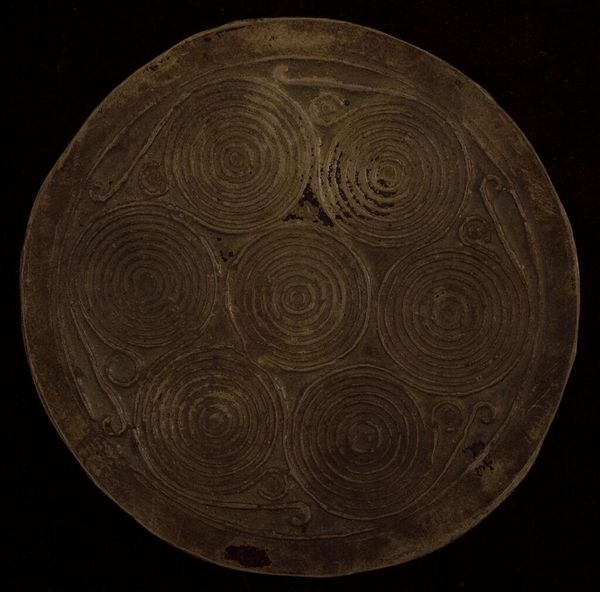
Design for a Plate Border Representing Foreign Trade 1800 - 1863
0:00
0:00
drawing, print, ceramic
#
drawing
#
water colours
#
pottery
# print
#
ceramic
#
ceramic
#
watercolor
Dimensions: sheet: diameter: 18 11/16 in. (47.5 cm)
Copyright: Public Domain
Curator: William Mulready’s “Design for a Plate Border Representing Foreign Trade,” dating from around 1800-1863, is a watercolor and ink drawing currently residing at the Metropolitan Museum of Art. Editor: My initial impression is of restrained optimism. The circular composition, almost like a globe flattened, seems to speak to an ordered, albeit somewhat idealistic, vision of global exchange. Curator: Yes, the circular design is interesting. This design presents a visual commentary on international trade relations. One can imagine the imagery intended for ceramic serving ware meant for elite dining tables, displaying imperial ambitions of the period. Editor: Right, and what symbols strike you as particularly relevant here? I notice repeating motifs: the ships for transport, the figures presenting goods, perhaps suggesting colonial economies feeding a central power? Curator: Precisely! The symbols here – the ships, the gathered goods, the distinctly 'foreign' figures interacting – act as ciphers encoding both the promise and the problems inherent in global trade networks. The distribution of figures implies hierarchies. It certainly makes me consider whose stories were being told. Editor: The style is quite classical, even restrained, considering the potentially fraught subject matter. There is a distinct absence of overt struggle, no real hint of tension. The iconography favors harmony and balance above historical accuracy. Curator: True. I agree that we can interpret this piece through a post-colonial lens, viewing the almost sterilized imagery of trade as an act of aesthetic sanitization, obscuring power imbalances and exploitation. How the very act of trade itself served the legacy of slavery. Editor: It’s fascinating how such an ostensibly decorative design can become a space to consider the broader historical forces at play, the hidden narratives embedded in the iconography of exchange. Curator: Yes, what begins as a quaint circular design quickly unfolds to address discourses of globalization, labor, and imperial authority. It invites critical engagement beyond initial aesthetic appeal. Editor: Looking at the piece now, I see layers of stories behind those thin lines. This exercise changed my perspective, too!
Comments
No comments
Be the first to comment and join the conversation on the ultimate creative platform.
